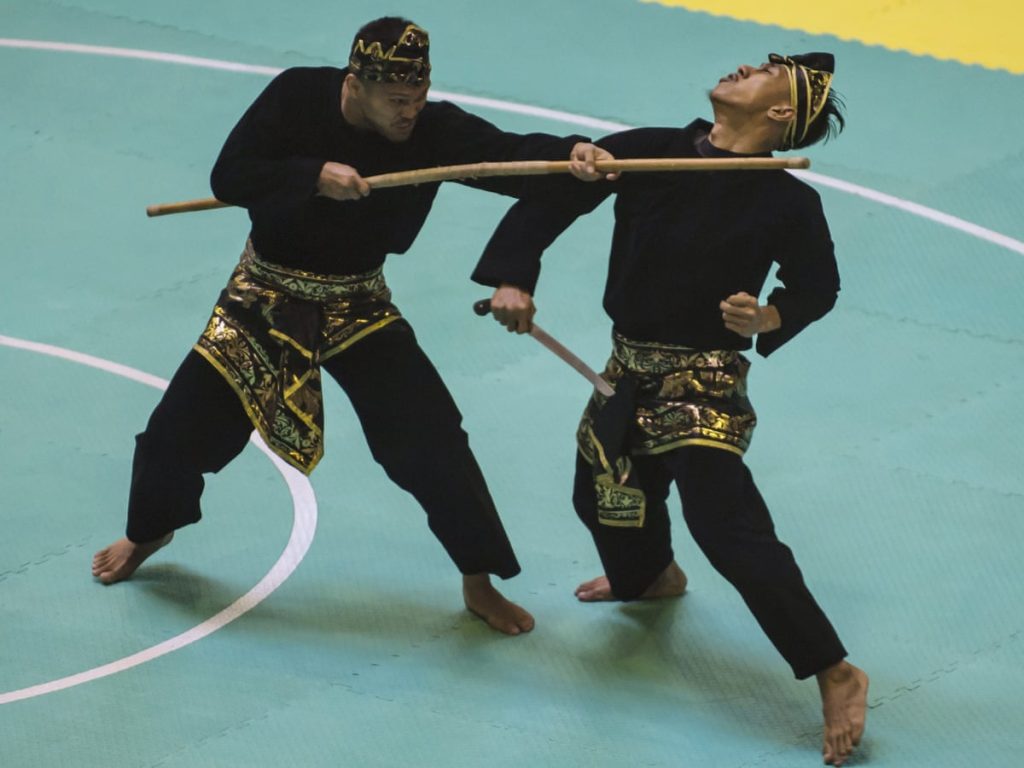The Enigmatic World of Malaysian Silat
The Essence of Silat
Malaysian martial art “Silat”, also known as Malay self – defense art, is an integral part of Malay culture. Sometimes, it is combined with music for dance performances, offering high aesthetic value. In 2019, Malaysian Silat and Indonesian “PencakSilat” of martial art traditions were inscribed on the UNESCO Representative List of the Intangible Cultural Heritage of Humanity.
Silat in Malaysia is an art of combat for self – defense and survival. Its main inspiration comes from the movements of animals, originating from the observation of the battles of beasts such as tigers and eagles. In Malaysia alone, there are more than 150 Silat moves. Silat includes both full – contact combat and solo, duo, or group routine performances. It also employs a wide variety of weapons, such as the Malay kris, keris, machetes, tridents, spears, folding fans, walking sticks, clothes, sickles, etc.
The Historical Journey of Silat
Silat originated in the Malay Archipelago and can be traced back to the early Langkasuka dynasty. It reached its peak during the 11th to 14th centuries. In the 16th century, the Portuguese attacked Malacca in an attempt to monopolize the spice trade. Malay Silat practitioners bravely resisted for more than 40 days but ultimately failed. The Portuguese killed many Silat – knowing people, and the remaining martial artists fled to remote areas. Even today, it is said that the best Silat masters mostly come from rural areas with less contact with the outside world.
Originally, Silat was a martial art for warriors. However, nowadays, there are more and more practitioners and trainers, and training centers have been established throughout Malaysia. Thus, this tradition has transcended its status as a martial art and become a performing art and a popular sport for health and leisure.

The Tales and Cultural Expressions of Silat
Due to the lack of written records, the history of Malaysian Silat is mostly known through legends and archaeology. In the legends of the Malay Peninsula, there was a woman named Sukana who witnessed a fight between a tiger and a large eagle. By imitating the movements of the animals, she repelled a group of drunkards who attacked her. Then, she taught these techniques to her husband, from whom they were officially passed down. The legends related to Silat indicate that it started with women, reflecting the status of women in traditional Southeast Asian societies.
Malay martial arts in literature can be traced back to ancient epics. In recent years, there have been numerous film and television works related to Silat. In Malaysia’s first big – budget movie “Puteri Gunung Ledang”, there were two elaborately designed fight scenes by Silat martial artists, which attracted wide attention.
The Aesthetics of Silat Attire and Music
Costumes and music are important components of Silat culture. They not only embody the spiritual connotation of Silat but also add to the visual and ritualistic appeal. In terms of costumes, they can be roughly divided into three types: training suits, ceremonial suits, and formal suits. Training suits usually consist of a pair of loose – fitting black trousers and a long – sleeved black top.
The accompanying music of Silat mainly features percussion instruments, along with some wind instruments. This music not only stimulates the sense of rhythm among practitioners but also provides the audience with a dual visual and auditory enjoyment.





















